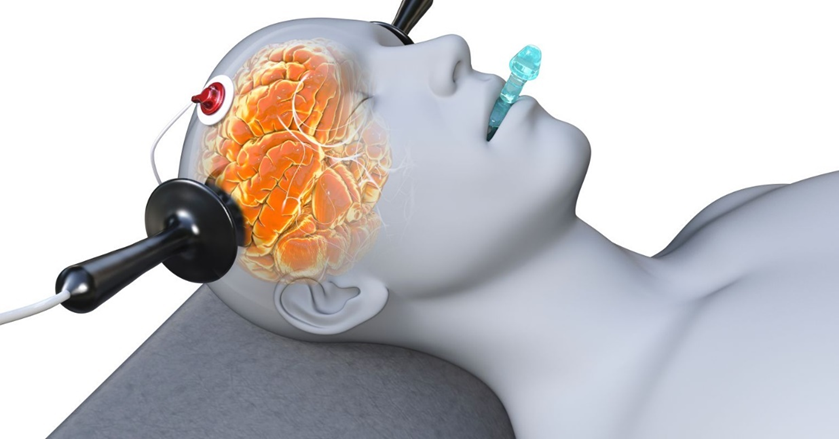A nurse is assessing a client during a follow-up at a health clinic. The client reports that they struggle to take antipsychotic medication on a regular basis. Which of the following actions should the nurse take to improve medication adherence?
Tell the client they will be admitted to an inpatient care facility if they do not take the medication.
Discuss the provider's goals for the client's care.
Ask the client if the medication is causing adverse effects.
Request the provider prescribe a second antipsychotic medication to the client.
The Correct Answer is C
Choice A reason:
Telling the client that they will be admitted to an inpatient care facility if they do not take their medication can be perceived as a threat and may damage the therapeutic relationship. It is not an effective strategy for improving medication adherence, as it does not address the underlying reasons for the client's struggle with taking the medication.
Choice B reason:
Discussing the provider's goals for the client's care is important, but it does not directly address the issue of medication adherence. While understanding the treatment plan can be beneficial, it is more crucial to engage the client in a conversation about their experiences and concerns with the medication.
Choice C reason:
Asking the client if the medication is causing adverse effects is a direct approach to understanding potential barriers to medication adherence. Adverse effects can be a significant reason why clients may be reluctant to take their medication regularly. Addressing these concerns can lead to adjustments in the medication regimen that may improve adherence.
Choice D reason:
Requesting the provider to prescribe a second antipsychotic medication is not an appropriate first step without first understanding the reasons for non-adherence. Adding another medication could complicate the regimen and potentially lead to more adverse effects or interactions.
Nursing Test Bank
Naxlex Comprehensive Predictor Exams
Related Questions
Correct Answer is C
Explanation
Choice A reason:
Electroconvulsive therapy (ECT) is not considered a cure for major depressive disorders. While ECT can be highly effective in alleviating symptoms of severe depression, it does not prevent future episodes. Patients often require ongoing treatment with medications or psychotherapy to maintain the benefits of ECT.
Choice B reason:
During ECT, the patient is not awake and alert. The procedure is performed under general anesthesia, meaning the patient is unconscious and does not feel the electrical stimulation or the induced seizure. This ensures the procedure is painless and the patient is unaware during the treatment.
Choice C reason:
It is common for patients to experience confusion for a few hours after ECT. This confusion is partly due to the anesthesia and partly due to the treatment itself. In most cases, the confusion resolves within a few hours, but it can sometimes last longer, especially in older adults.
Choice D reason:
ECT does not stimulate the vagus nerve. Vagus nerve stimulation (VNS) is a different treatment that involves using a device to send electrical impulses to the vagus nerve. ECT works by inducing a controlled seizure in the brain, which can help alleviate symptoms of severe depression.

Correct Answer is A
Explanation
Choice A reason:
Informing the client that they have the legal right to refuse treatment at any time is the correct action. Patients have the right to make decisions about their own healthcare, including the right to refuse treatment. This respects their autonomy and ensures that they are making informed decisions about their care.
Choice B reason:
Encouraging the client to have the procedure without addressing their concerns can be seen as coercive. It is important to understand the client's reasons for refusing the procedure and to provide information and support to help them make an informed decision.
Choice C reason:
Obtaining consent from the client's family member is not appropriate unless the client is unable to make decisions for themselves. If the client is competent, their decision should be respected, and family members should not be asked to override their wishes.
Choice D reason:
Requesting another nurse to review the procedure with the client might be helpful in providing additional information, but it should not be done with the intention of pressuring the client into agreeing to the procedure. The client's right to refuse should still be respected.
Whether you are a student looking to ace your exams or a practicing nurse seeking to enhance your expertise , our nursing education contents will empower you with the confidence and competence to make a difference in the lives of patients and become a respected leader in the healthcare field.
Visit Naxlex, invest in your future and unlock endless possibilities with our unparalleled nursing education contents today
Report Wrong Answer on the Current Question
Do you disagree with the answer? If yes, what is your expected answer? Explain.
Kindly be descriptive with the issue you are facing.
